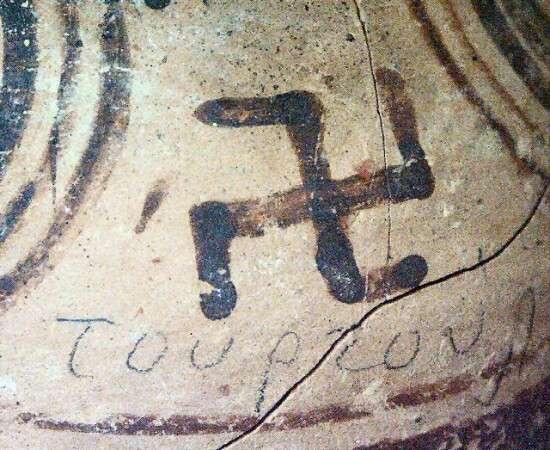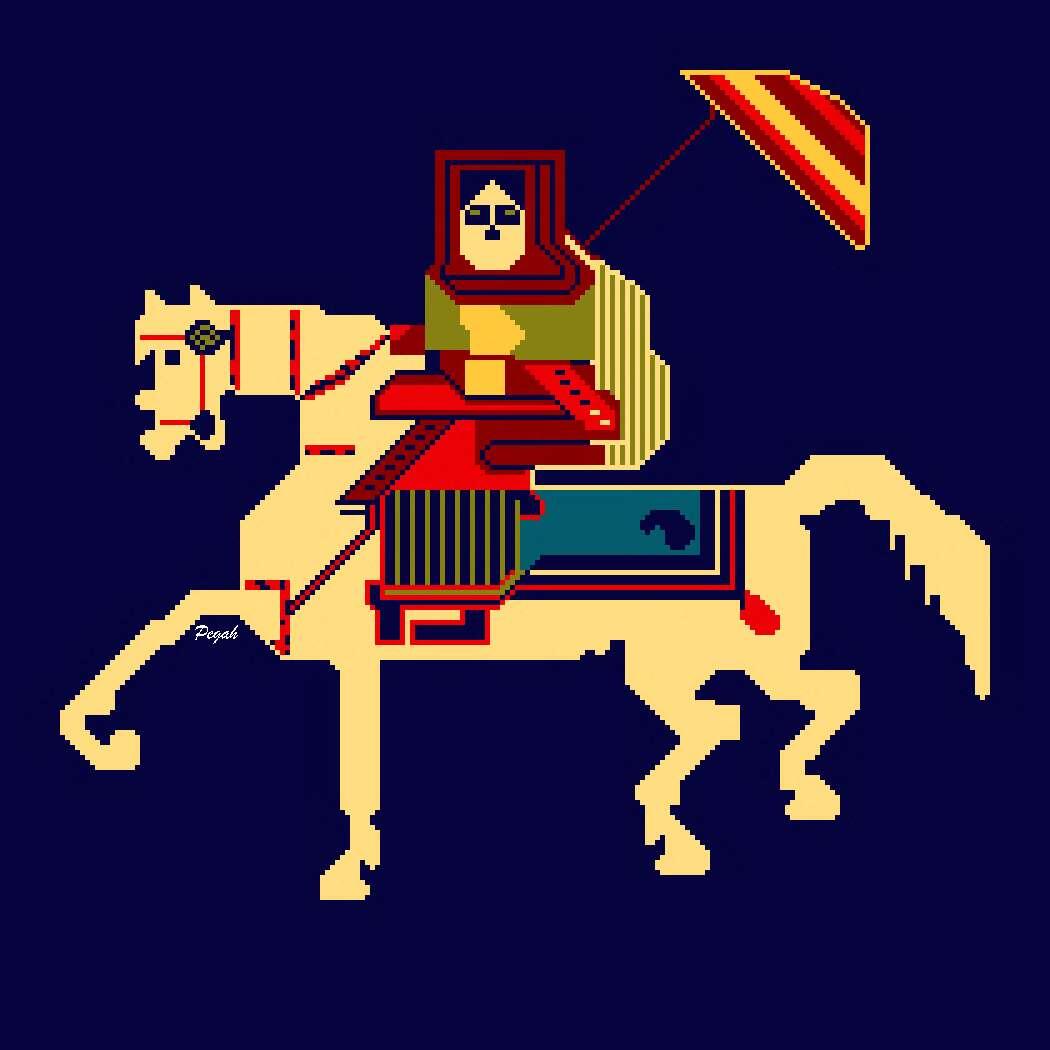"The Aryan Sun" and "The Sun Wheel"
The symbol known as the "swastika" is one of the oldest motifs in human history, appearing across many ancient civilizations over thousands of years—from Iran, China, India, and Japan to Bronze Age Europe and early Native American cultures. This powerful symbol, deeply rooted in the mysteries of ancient civilizations, has represented happiness and prosperity in China, while in Iran, India, and among Aryan peoples, it symbolized the sun. It is for this cultural and historical meaning that we refer to it as the "Aryan Sun."
The word "swastika" comes from Sanskrit, and it is unclear whether it had the same name in ancient Persian languages or went by a different term. In modern Persian, it has been incorrectly translated as the "broken cross," which is not accurate at all.
It is widely believed that this symbol originated in Central Asia, from where the Aryans migrated to India, Afghanistan, and Iran. Thousands of years before them, Native Americans also migrated from that region to new lands. The earliest known depiction of the Aryan Sun comes from artifacts dating back to the 5th and 4th millennia BC in Shush, and the oldest Iranian textile featuring this symbol is from the Parthian era, discovered in pot-shaped graves in Germi, Azerbaijan. Before the Achaemenid period, the Aryan Sun had bent, curved arms and a mostly circular shape, but later its form became more angular and geometric, with straight lines and right angles.
Many mistakenly associate this symbol with the Nazis, which is a misconception. I decided to write about this symbol here, using the historical evidence that points to its true origins, as mentioned above.
#iranculture
quotingDo you know the origin of this?
nevent1q…p4w5

Please Don't search on Google or everywhere. If you know write it down if you don't know write No. I'll tell you later
